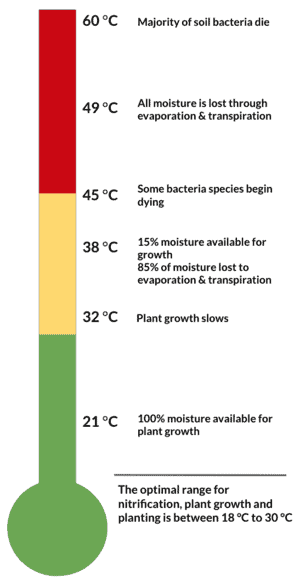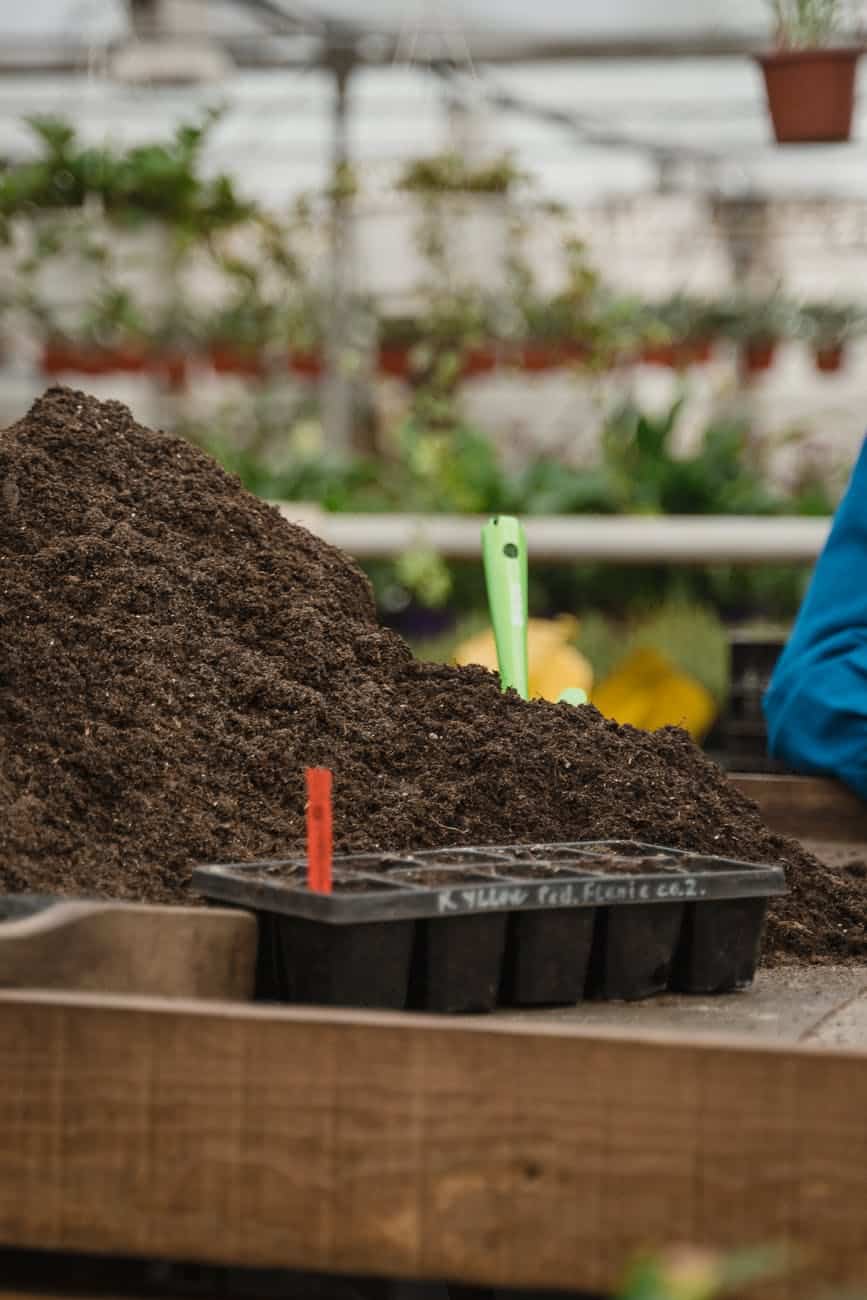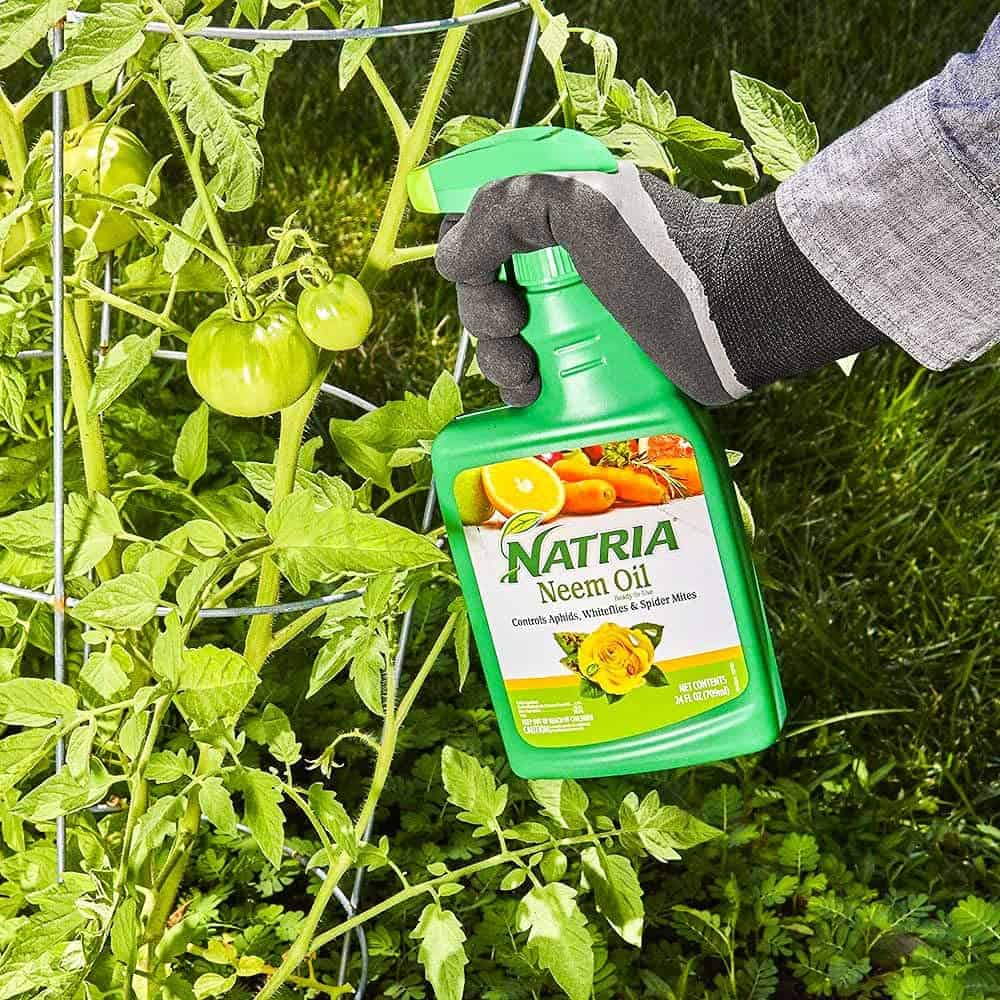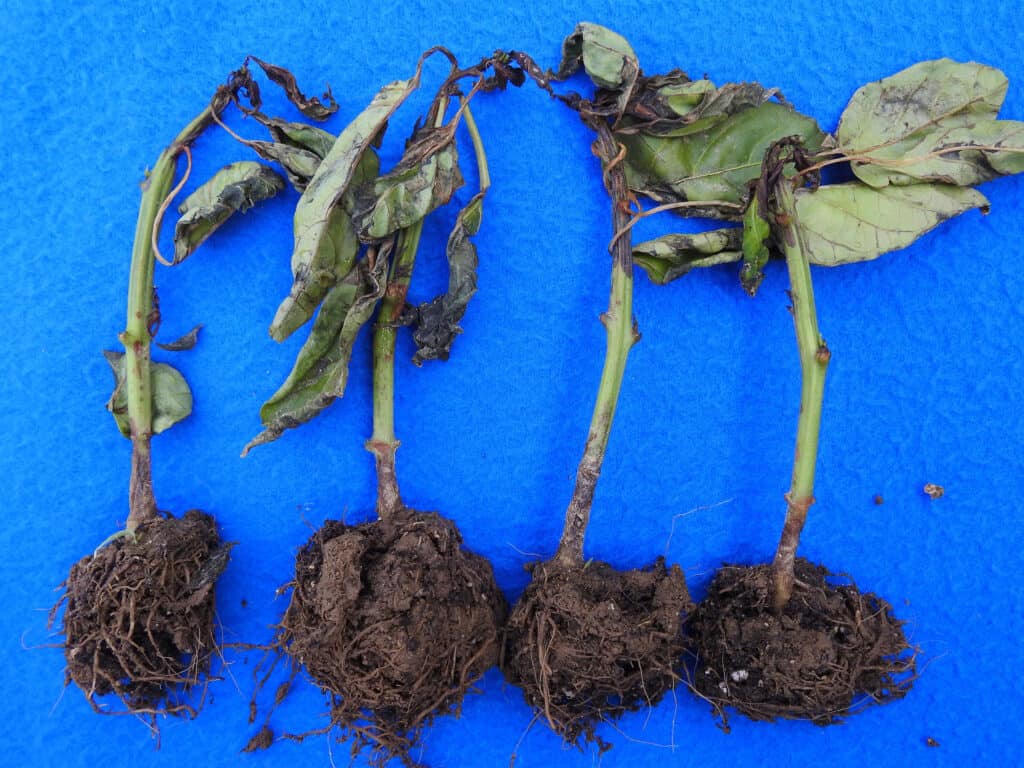Are you a beginner looking for an attractive and easy plant to care for? Cupid Peperomia is the right choice for you.
The perfect blend of beauty, uniqueness, and low-maintenance nature makes it one of the most adorned plants.
Although the plant is easy to care for, you must meet its care standard to grow it successfully.
The article answers all your whys’, Whats,’ and Hows’ relating to cupid Peperomia.
Table of Contents Show
Overview of Cupid Peperomia
Although Cupid Peperomia originates from tropical regions.
| Scientific Name | Peperomia nitida, Peperomia scandens 'variegata' |
| Common Name | Cupid peperomia, False Philodendron |
| Family | Piperaceae |
| Native | Caribbean, Mexico and Central America |
| Growth Zone | USDA Hardiness Zone 10-12 |
| Plant Type | Vining Perennial, epiphyte |
| Growth Size | About 6-8 inches in height |
| Spread | About 4 inches wide |
| Grown for | Foliage |
| Blooming Period | Spring |
| Blooms | White in Color |
| Toxicity | Non- toxic to humans and pets |
Cupid Peperomia- Ultimate Care & Growing Guide
Many mistakes the chic appearance of Cupid for a difficult companion in your plant collection.
That certainly does not connote that you need not follow any care schedule for them.
The care regimen of Cupid Peperomia is pretty simple. Follow a proper schedule and enjoy the beauty of Cupid Peperomia.
| Parameters | Requirements |
|---|---|
| Sunlight | 8-10 hours of diffused light |
| Watering | Once or twice a fortnight during summer and once a month in winter |
| Temperature | 65- 75 degrees Fahrenheit |
| Humidity | Above 60% of the relative humidity |
| Soil Type | Fast-draining, nutrient rich, light, porous, well-aeriated |
| Soil pH | Between 6-7 |
| Fertilization | Once in 1-2 months in the growing season with a diluted fertilizer |
| Pruning | Once in 1-2 years |
| Pot Size | 4-6 inches or, 2 inches larger than the root-ball of the plant |
| Propagation | Stem Cuttings |
| Repotting | Once in 3-5 years |
| Common Pests | Mealybugs, Fungus Gnats, Spider Mites |
| Common Diseases | Pythium Root Rot, Leaf Spot Disease |
1. Adequate Sunlight and Proper Location
If you want to grow a healthy and well-variegated Cupid Peperomia, provide them with ample sunlight.
That being said, it is ideal for providing your Peperomia with 8-10 hours of bright diffused sunlight.
However, be cautious not to provide them with direct sunlight. Scorching bright sunlight causes loss in variegation, leaf burn, and yellowing or browning of the leaf’s edges.
Similarly, insufficient sunlight causes drooping, wilting, loss of chlorophyll pigments, discoloration of leaves, and stunted growth.
Besides, light affects the plant’s growth rate and overall health. Thus, provide them with bright indirect light while introducing the plant to 1-2 hours of the morning or afternoon shades.

Tips to Provide Adequate Sunlight
- Place your plant within 3 feet of the window. It is best to keep them near an eastern-facing window. However, a southern or west-facing window also works well for them.
- You can use a light curtain to prevent direct rays from hitting the plant.
- If growing them outdoors, place them on shades on a patio or under a tree.
- Use an artificial grow light if your space has insufficient light. You can provide them with 8-10 hours of LED Light.
- Place them under grow lights in winter as the intensity of the light is low.
- Avoid shifting your Cupid Peperomia from a brighter to a low-light space.
2. Adequate Watering
The leaves of Cupid Peperomia are thick and shiny. It is because the plant stores water in its leaves and stems.
As it stores water, it can easily survive in light drought conditions. They can bear underwatering, but the opposite is in the case of overwatering.
Overwatering quickly engulfs the plant’s health. It invites bacterial and fungal growth and root rot to the plant.
The plant turns droopy and wilting; the foliage becomes discolored, limp, soft, and yellowed.
Similarly, underwatering causes curling, yellowing, and browning of the foliage.
Thus, I advise you to develop a proper watering schedule. Water your peperomia once or twice a fortnight during summer and once a month in winter.

Save an Overwatered Cupid Peperomia
Lucky you are if your plant has not undergone root rot. It is generally easier to save an overwatered plant if the roots have not degenerated much.
- Take the plant out of the container and remove the soil attached to the plant.
- Now, inspect the roots of the plant. Are your origins mushy, wet, limp, and dark brown? If so, your Cupid Peperomia has started to rot.
- Take sterilized pruning shears and cut off all of the infected parts. Remember to fix the pruning shears in between cuts to prevent the spread of infection.
- Afterward, leave the plant in the air to dry for a couple of hours. At this point, you can spread some of the antifungal powder to the roots.
- Fetch a new or clean pot with drainage holes and repot the plant replacing the old soil with a fresh potting mix.
- If you see no root rot in the plant, you can repot it in the same container using the same potting mix.
- However, ensure not to water the plant until the soil dries completely.

Save an Underwatered Cupid Peperomia
- To revive an underwater Peperomia, you must dip the pot in a shallow container containing tepid water.
- Let the plant sit in the water for about 10- 15 minutes, and take it out of the pot.
- Push the soil into the pot perimeters to avoid escaping water from the sides without the soil absorbing it.
- Your plant will most likely revive within 24 hours.
- Continue the same process after the soil dries out if the plant shows no signs of revival.
Tips to Water Cupid Peperomia Properly
- Ensure to water your Cupid Peperomia thoroughly until the water does not run out of the drainage holes.
- Empty the water stored in the saucer to avoid soil sitting on the water.
- Use tepid or room temperature water for watering them.
- I encourage you to use self-watering pots to maintain a watering schedule.
- Measure soil moisture using a moisture meter and water the plant accordingly.
- Avoid water containing excessive salts as their accumulation burns roots and leaves.
- Try the bottom watering method, which allows Cupid Peperomia to absorb water well.
- Insert a stick or your fingers 2-3 inches deep to check the soil moisture. If you feel the soil is dry, the plant craves water; otherwise, leave the soil dry for a couple of days.
3. Ideal Temperature
The ideal temperature for your Cupid Peperomia is 65- 75 degrees Fahrenheit.
However, peperomia does okay within a 55-80 degrees Fahrenheit temperature range.
Temperature below 50 degrees Fahrenheit can be too stressful for the plant. Cells might burst in low temperatures; cellular activities freeze and the plant appears limp, wilted and colored.
Similarly, when the temperature grows above 80 degrees Fahrenheit, it exhibits stunted growth, high moisture loss for leaves, curling, and foliage discoloration.
Generally, the temperature indoors is ideal for growing a Cupid Peperomia. So, you need not spend much time regulating temperature to grow your plant.

Tips to Maintain Ideal Temperature
- You can reciprocate high temperatures by increasing humidity around the plant.
- Misting leaves prevents excessive water loss through transpiration.
- Avoid sunny locations when the temperature is high.
- Use insulation to prevent temperature loss from the soil. Add mulch, like grass, dried leaves, straw, sphagnum moss, etc., as insulators.
- You can use frost blankets when the temperature drops low.
- Placing Cupid Peperomia under a terrarium or greenhouse is an excellent way to prevent cold.

4. Ideal Humidity
You stand on the good side in terms of the humidity requirements of Cupid Peperomia. Your average indoor humidity is sufficient for Cupid Peperomia.
It prefers humidity above 60%. However, it can tolerate low humidity up to 40% of the relative humidity, the average indoor humidity, as its leaves store water.
But, I advise you to increase the humidity as it is beneficial to your plant.

Tips to Maintain Ideal Humidity
- You can use an electric humidifier.
- Misting the leaves once or twice a week can help.
- You can use a wet pebble tray below the pot.
Grouping plants is another easiest and equally risky way. So, I barely recommend this method as there is a high risk of catching pests and diseases.
However, use these methods only when the humidity drops below 50%. Excessive moisture can cause fungal growth, rotting, and pathogenic infection in them.
Here is another variety of Peperomia that you should definitely bring home. Learn about about the care of Peperomia Ruby Cascade.
5. Well-draining Soil
To get the proper upper structure, you need a good foundation. And, here, the soil is the foundation for your plant’s overall development.
The soil must possess the following qualities for fleshy plants like Cupid Peperomia.
- Fast-draining
- Optimal moisture retention while draining the rest of the water
- Light and porous
- Rich in organic matter
- Less soil compaction
- Good aeration
All of these properties are essential for growing a healthy Peperomia Cupid.
Light and porous soil are necessary to reduce soil compaction and increase air circulation. When the soil is poorly draining and waterlogged, it blocks the tiny air pockets.
Reduced aeration increases anaerobic activities, decreasing soil quality and choking the plant’s roots. Thus, always ensure you use the right potting mix for your plant.

If you are rather a busy person and would like to have pre-made potting soil, you can mix three parts of cactus and succulents mix to 1/4th part of pumice or perlite for the best potting mix.
But, if you are the one who wants to have your mix, I have shared the recipe below.
- Mix, One part of the cactus and succulent mix
- One part of peat moss or coconut coir,
- One part of the perlite
- And 1/2 part of organic fertilizer.
Additionally, a balanced soil pH is essential for your Peperomia. I advise you to maintain a slightly acidic or neutral soil pH between 6-7.
According to a research article about soil pH published on Researchgate, soil pH is the ‘master soil variable’ which determines the overall development of plants. Balanced soil pH has an immense role in nutrient cycling, nutrient absorption, and soil remediation.
6. Fertilizer Requirement
Cupid Peperomia is an easy plant that does not require frequent fertilization.
They can grow by absorbing the nutrients available in a potting mix (absorbing nutrients added while repotting) without you requiring to add additional ones.
However, I recommend fertilizing them with a diluted fertilizer once in 1-2 months in the growing season.
Using a slow-releasing organic fertilizer like worm casting, fish emulsion, etc, is best.
These fertilizers also help increase microbial growth in the soil and feed the plant for longer.
Alternatively, you can opt for a synthetic chemical fertilizer like NPK in the ratio of 10-10-10.

Why Fertilize your Cupid Peperomia if Fertilizing them once while Repotting Works?
Lack of sufficient nutrition leads to the plant’s photosynthesis rate decreasing.
Photosynthesis is the primary physiological process through which a plant sustains its life, and a vital component of photosynthesis is minerals.
As nutrition plays a vital role in plants’ growth and health, it is always best to be safer.
In addition, overfertilization is unhealthy for your plant as it accumulates excessive salts and burns roots and foliage.

Did you know watering the plant beforehand fertilization enhances nutrition absorption rate?
Here are a few best Fertilizers for Cupid Peperomia;
- All-purpose House Plant Fertilizer
- Liquid Indoor Plant Food
- Purived Liquid Fertilizer for Indoor Plants
7. Growth Habits
Cupid Peperomia is a vining plant with green leaves knitted with stunning cream variegations on its margins. Their leaves are about 2 inches in length.
The plant’s cascading effect can elevate the looks of your corner or bookshelf while dangling down from a hanging basket.
Moreover, the plant clings to other larger trees or rocks in the forest in their natural habitat.

Cupid Peperomia is slow to moderate growers that generally do not grow fast.
On maturity, it reaches a height of 6-8 inches and a spread of 4-6 inches while growing in an enclosed space.
In its natural habitat, the plant can grow to a height of around 4 to 5 feet and a width of about a foot.
The plant reaches maturity within 2-5 years and needs less care when they grow old. They need special attention while they are young and delicate.
According to the University of Florida, Cupid Peperomia is a robust and sturdy plant.
8. Flowering Habits
While Cupid Peperomia has attractive foliage, its flowers are not showy. Besides, it is rare for them to bloom while growing indoors.
So if by any chance you got blooms in them, lucky you are. But, I do not recommend keeping flowers on the plant.
Sniff off the buds if you see it appear as it takes your plant’s energy. Generally, they produce tin greenish-while flowers in a slender panicle or spike.
9. Pruning Requirement
‘The busier the plant, the more aesthetic beauty it crafts.’
So, how can you attain that? The answer is simple and relatively straightforward, prune your Peperomia Cupid.
It might be harder for you to cut back your plant more than I say, but hey, pruning promotes new and healthier foliage.
The perfect time of the year to prune your cupid peperomia is before the spring starts, as the spring mark brings new liveness to the plant.
Tips to Prune Cupid Peperomia
- Always use sterilized and sharp instruments for pruning.
- The plant does well without pruning; only pruning 10-20% of its part.
- Thin down dense growth as you desire but avoid cutting down thin areas.
- Snip off only a tiny portion of the stem, forcing them to produce side growth.
- Prune dead, bleached, yellow foliage and infected parts.
Quick Tip: You can use the healthier pruned stems for Propagation.
10. Potting and Repotting Cupid Peperomia
The ideal pot size for Cupid Peperomia is 4-6 inches pot. Otherwise, as a rough reference, consider using a pot 2 inches larger than the plant’s rootball.
Using a correct size pot is essential, which can be understood from the following bullets.
- A small size pot does not provide space for roots to grow. Though Cupid Peperomia likes to be slightly rootbound, excessive rootbound blocks air circulation to the plant.
- A large size pot hampers the growth rate and health of the plant. Firstly, a large pot requires a long period to dry out the soil, and soggy soil is a culprit to Peperomia as it invites root rot. Secondly, the plant focuses only on root development in a larger space. As a result, it might exhibit stunted growth.
There are various pot materials available in the market. You can close one based on accessibility, affordability, durability, size, and beauty.
Use a pot that has the following properties;
- Sufficient drainage holes
- Maintains soil temperature
- Drains out extra water
- Breathable and enhances aeration
Clay and terracotta pot hold all of these features. Thus, I advise using a hanging basket made of clay or coconut bark.
Repotting Cupid Peperomia
Cupid Peperomia likes to be slightly rootbound, so you need not repot them frequently. Consider repotting them once every 3-5 years.
Another way is to inspect the drainage holes. If the roots are severely entangled and poking out of the pot, it implores you to repot.
The best time to repot your Cupid Peperomia is in early spring and summer.
The adaptation process becomes more effortless when you report them in a good season.

Steps to Repot Cupid Peperomia
- Fetch a container that is 2 inches larger than the older one.
- Soak the container in bleach or vinegar solution for about 20-30 minutes to clean off properly. Then, rinse it off with clean water and let the container dry.
- Meanwhile, take the plant out of the container. Either cut the pot into two halves from opposite sides or remove the topsoil and gently tap around the perimeter and bottom to take the plant out.
- Now, layer the bottom of the new container and fill 1/3rd of it with soil.
- Place the plant at the center and fill the remaining portion with soil. Ensure that the plant is at the same depth as it was earlier.
- Water the plant thoroughly and keep it in bright shades.
Note: The plant might droop and wilt for a couple of days because of transplant shock. It will revive automatically within a few days after successful adaptation.
Toxicity of Cupid Peperomia
Hola to all the peperomias lovers!
According to the American Society for the Prevention of Cruelty to Animals (ASPCA), Cupid Peperomia is non-toxic to humans and pets.
Enjoy your peperomia grow out without fearing that your children or pets might nibble them.
Propagation Methods for Cupid Peperomia
Multiplying your Cupid Peperomia is easy. The best way to propagate your Cupid Peperomia is via stem cuttings.
As stem cutting is an asexual propagation method, you can produce a genetically identical plant.
There is a higher possibility that your plant will show variegation as it is reproduced asexually.
Steps to Propagate Cupid Peperomia Via Stem Cuttings
- Inspect for a healthy vine and cut it using a sterilized pruning shear.
- Now, bisect the stem into as many cuttings as you prefer. But ensure that each cutting has at least one node and a leaf.
Important Tip: Make an incision at 45 degrees as it allows a larger surface area to speed up the rooting process.
- Dip the cutting into the rooting hormone to ensure fast rooting. However, this step is optional.
- Use the recipe mentioned above to prepare potting mix and fill a clean pot.
- Then, insert the cuttings into the potting mix. Remember, the node should be buried, and the leaf should hang on the air.
- Water the cuttings thoroughly and leave them in bright shades.
- To improve humidity, wrap the plant in plastic. This will help with growth in the early stages.
- Your cuttings will likely start producing roots within 4-6 weeks.
Propagation in Water Medium
- For water propagation, fetch a clean and transparent glass jar.
- Fill it with water and leave the cuttings in the water.
- Place the jar at room temperature.
- The leaves should not be submerged, but at least one node should be.
- If the leaves are too low on the stem, remove them.
- Ensure to change the water every 3-4 days.
You can see them rooting after about a month or so.
Your cutting is ready to be potted up into a permanent pot when the roots are two to three inches long.
Common Problems of Cupid Peperomia
1. Pest Infestation
The best hack to bid farewell to pests forever is to grow them under favorable conditions with good care.
In general, Cupid peperomia is resilient against pest infestation. However, they may catch one when the plant is weak or growing under unacceptable conditions.
Here are common pests in Cupid Peperonima and their signs.
| Common Pests | Symptoms |
|---|---|
| Mealy Bugs | 1. Responsible for sooty molds 2. White cotton like substance on underside of leaves 3. Stunted growth |
| Fungus Gants | 1. Small Black flies are visible on potting mix. 2. The larvae suck on roots thus injure roots 3. Sudden wilting and discoloration of foliages |
| Spider Mites | 1. Webbings develop underside of leaves or at leaf axils 2. Feast on plant's fluid resulting in drooping and wilting of leaves |
Treatment for Pests Infestation
- Deadhead all of the infected parts using sterilized pruning shears.
- Dip a cotton ball in about 75% diluted isopropyl alcohol and move it along the infected surface.
- Scrape off scales using a blunt knife or blade.
- Use soap and water in case of low infestation.
- However, for higher infestation, use neem oil or other horticultural oils.
- Alternatively, you can opt for chemical pesticides though I barely suggest it.

Preventive Measures
- Avoid overhead watering.
- Providing a shower helps in washing off pests and their eggs.
- Avoid overwatering, as soggy soil is a hub for pest infestation.
You might be interested in learning more about, Identifying Insects Eggs on Leaves and Treating Pest Infestation.
2. Common Disease
Diseases in plants can be nerve-wracking. Although Cupid Peperomia is a resilient plant, it is not free from disease infestation.
The plant suffers from fungal, bacterial, and other diseases quite often. The most common problem in Cupid Peperomia is Pythium root rot.
Causative Agent– Pythium species
Symptoms
- Sudden wilting and drooping of leaves
- Limpness and discoloration in leaves
- Leaf startss to fall off
- Stunt growth
- Foul rotten smell permeates around the plant

Solutions
- Inspect the root of the plant by uprooting it. If the root is mushy and soft, it has degenerated.
- Cut off all degenerated parts using sterilized pruning shear and dry roots for a couple of hours.
- Afterward, apply some antifungal power and repot the plant.
- In case of severe infestation, you might not be able to save your plant.
- Avoid watering the plant for a couple of days until the soil dries out completely.
Preventive Measures
- Avoid grouping your plant with other infected species.
- Loosen the top layer of the soil to avoid fungal growth in the soil.
- Spray your plant with a fungicide once a year.
- Avoid misting leaves at night.
Misting of leaves and overhead watering can be vulnerable for plants. According to Plant Pathologist Dr. Alan Windham, the disease and pest infection rate in plants is directly proportional to per unit time of wet exposure.
Thus, ensure that your plant is not wet for an extended period.
3. Bleached and Yellow Leaves
There are several factors responsible for bleached and yellow leaves in Cupid Peperomia.
The primary cause of yellowed and bleached foliage is high-intensity light exposure. The plant grows under a canopy; thus, it cannot bear direct sunlight.
Sometimes, transplant shock is also responsible for yellowed leaves.
Leave the plant under proper condition; it will revive naturally within a couple of days.
Inspect the environment around your plant. Fixing the environment helps solve the problem.

4. Drooping and Curling of Leaves
An absolute nightmare to plant parents is drooping and curling of foliage.
Calcium deficiency might cause leaf curling. High acidity reduces the amount of calcium in the soil, resulting in a deficiency in calcium nutrients.
Excessive nitrogen or phosphate fertilization might also make it difficult for the plant to absorb calcium.
Establishing a proper watering schedule, increasing humidity, and avoiding soggy soil helps fix the problem in no time.
Want to add more of Peperomia’s varieties to your Space? Let me help you out with our article Peperomia Varieties with Pictures
FAQs About Cupid Peperomia
Is Cupid Peperomia Rare?
All peperomia varieties are known for their beautiful foliage and stunning features. Besides beauty, cupid peperomia stands as a unique species.
The plant positions itself as a most wanted plant with a perfect blend of variegation cascading stem. However, it is not that easy to get.
Unlike other plants, you cannot find cupid peperomia in every local store. So, if you have this unique variety, provide it the best care you can so that you can boast upon its rareness.
Why is my Cupid Peperomia Losing Variegation?
The prominent cause of loss in variegation in cupid peperomia is the lighting problem. The problem can go on either low-light or high-intensity light.
Extreme exposure causes bleached foliage and browning of the foliage.
Similarly, low light forces plant to produce more chlorophyll pigment for photosynthesis.
The production of more chlorophyll to reciprocate reduced photosynthesis due to low light, causing their variegation loss.
Is Cupid Peperomia a Succulent?
The appearance of cupid peperomia forces most of us to believe it is succulent.
Although it has a shallow root system, fleshy foliage, and stem, it cannot be categorized as a pure succulent.
It is instead a tropical plant that grows in a moist environment under the tree’s shade.
Conclusion
Do you still have doubts about getting yourself a Cupid Peperomia or not? Hey, trust me, and go and get one.
All you got to do is maintain a warm temperature, high humidity, sufficient light, and proper watering. The plant will reward you for being a center decor piece.
After processing all of this information in your head, you are ready to be a master caretaker of Cupid Peperomia. Buckle up, and have green thumbs growing Cupid Peperomia.
